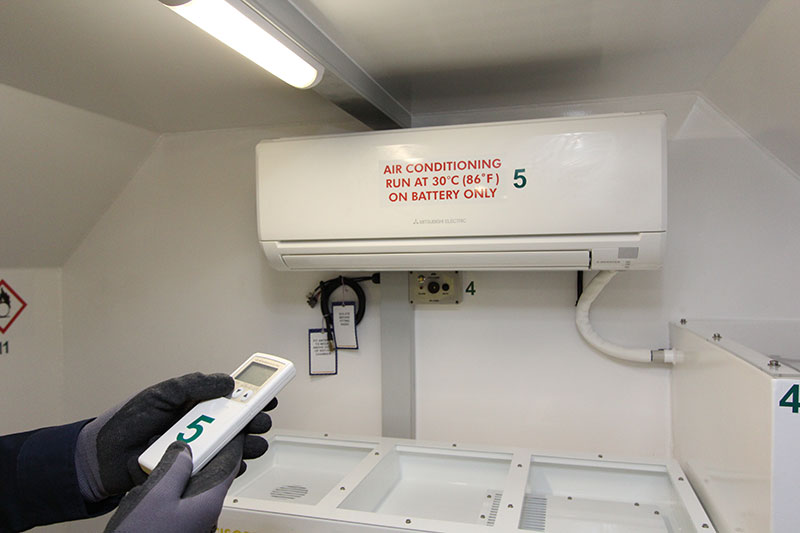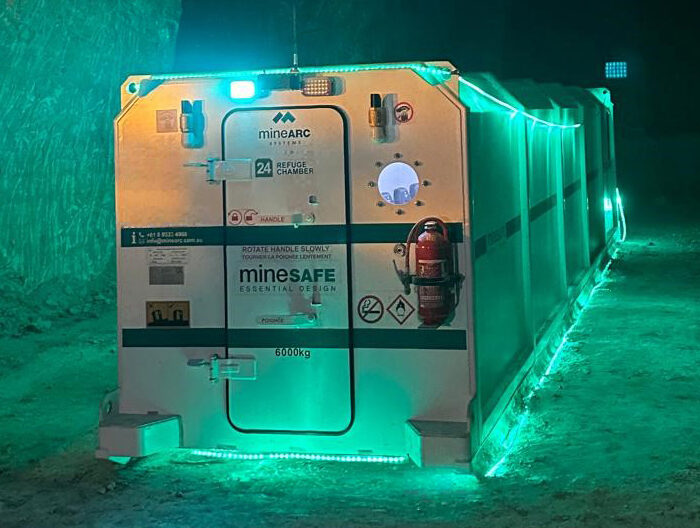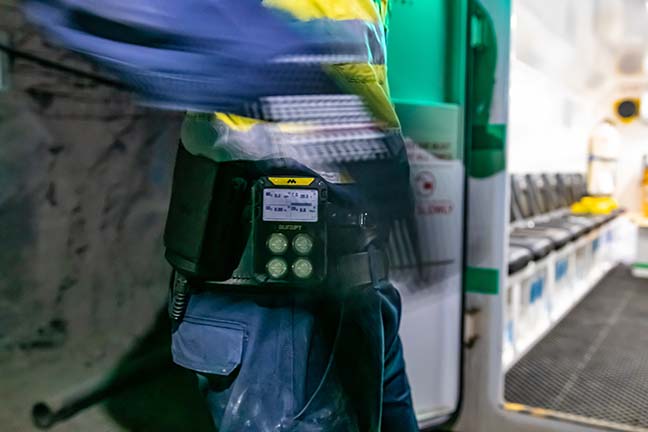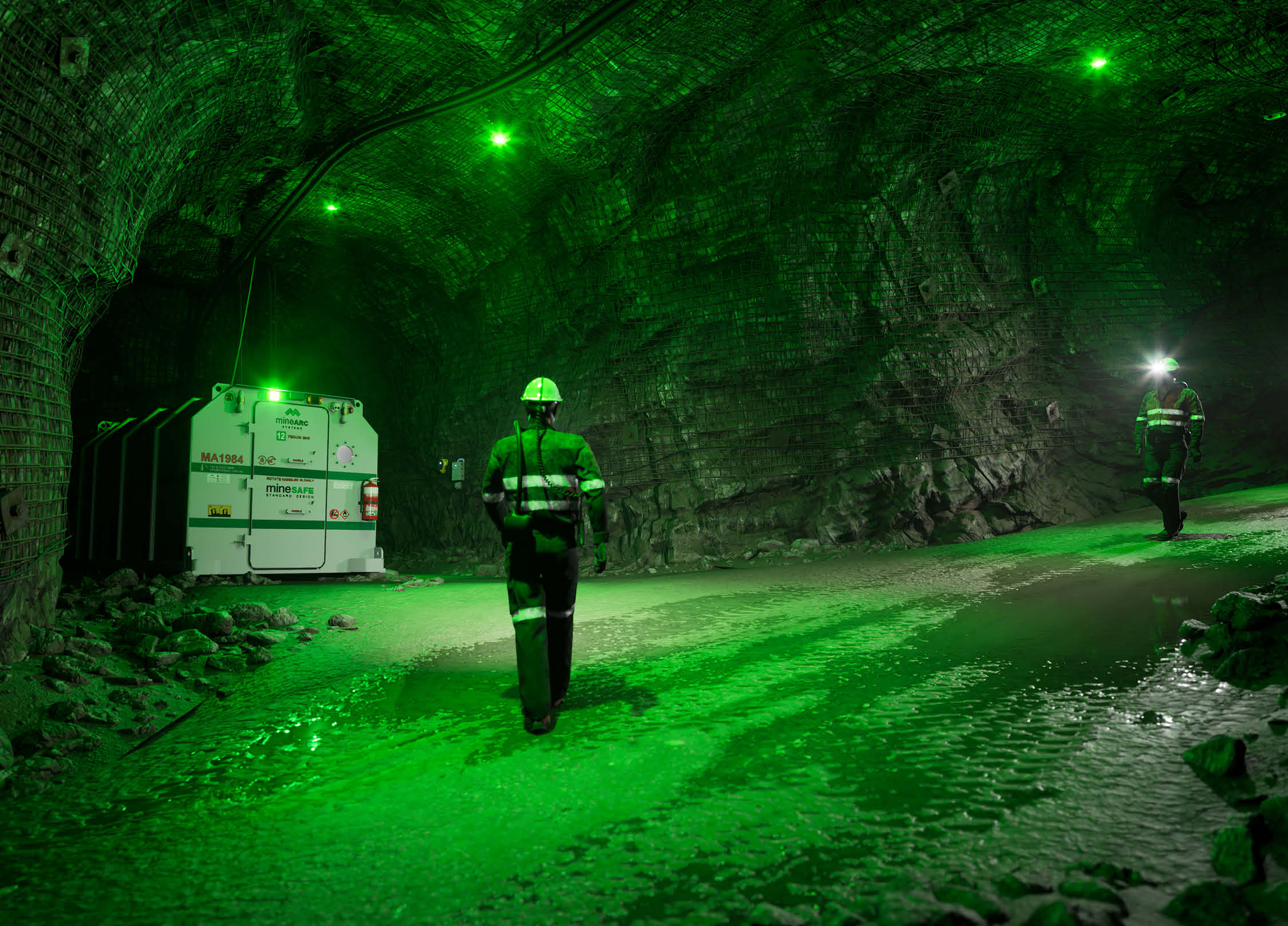Heat can quickly accumulate inside a refuge chamber, increasing with each additional person. This is a problem often underestimated; with cooling systems perceived more as a luxury than an essential part of life-sustaining safe refuge technology.
Heat Build-Up Inside a Refuge Chamber
A refuge chamber is a sealed environment with numerous heat sources. Several factors cause a continuous increase in heat and humidity, including:
- the occupants’ metabolic activity,
- scrubbing processes,
- electrical equipment,
- and any ambient (external) heat.
Unfortunately, the detrimental effects of inadequate or often absent cooling systems in refuge chambers of the past prove this point. Antiquated shipping-container style chambers were installed for safe refuge. However, when personnel became trapped for extended periods, they did more damage than good.
Fortunately, improved safety standards and a growing understanding of refuge chamber technology have seen the regulated implementation of artificial cooling and dehumidifying systems to help support life during an emergency. The internationally recognised West Australian Department of Mines Guideline for ‘Refuge Chambers in Underground Mines’ states,
Environmental Control When a full complement of people occupies a refuge chamber for a significant period, humidity and temperature can increase rapidly to potentially heatstroke-inducing levels. Refrigerative air conditioning will most effectively counter this potentially serious problem. The power supply must be adequate for the demands of the system. Department of Mines and Petroleum, 2013, Refuge chambers in underground mines — guideline: Resources Safety, Department of Mines and Petroleum, Western Australia, pg 6
Cooling Systems for a Refuge Chamber
Air conditioning is a significant contributor to cooling a refuge chamber. Reducing the ill effects of heat stress and achieving a more comfortable temperature inside the refuge chamber.
Using refrigeration technology through a split-system air conditioner allows the heat load inside the chamber to be lowered by a fan drawing warm air over a cold coil inside the unit.

Cooling on Battery Power
If mains power is severed, air conditioning as an artificial coolant is still possible irrespective of power restrictions while running on battery power. The inverter technology allows the refrigerant compressor to run on a low power mode if the chamber’s air conditioner temperature is 30° C. This setting means the compressor is drawing the least amount of current possible; saving power while still cooling the chamber.
When a refuge chamber is occupied for a significant period, humidity and temperature can increase rapidly to potentially heatstroke-inducing levels; which is why cooling systems are critical.
Heat And Cooling In A Refuge Chamber Tweet
Due to the sealed environment, the heat generated from within a chamber cannot escape, and the internal temperature will rise quite rapidly. Eventually, without some form of mitigation, this will lead to the refuge becoming uninhabitable and pose a severe hazard for its occupants.
It is essential to recognise that several mechanisms within a refuge chamber, including cooling, work in unison to protect personnel from external hazards and provide a safe ‘go-to’ area during an emergency.







